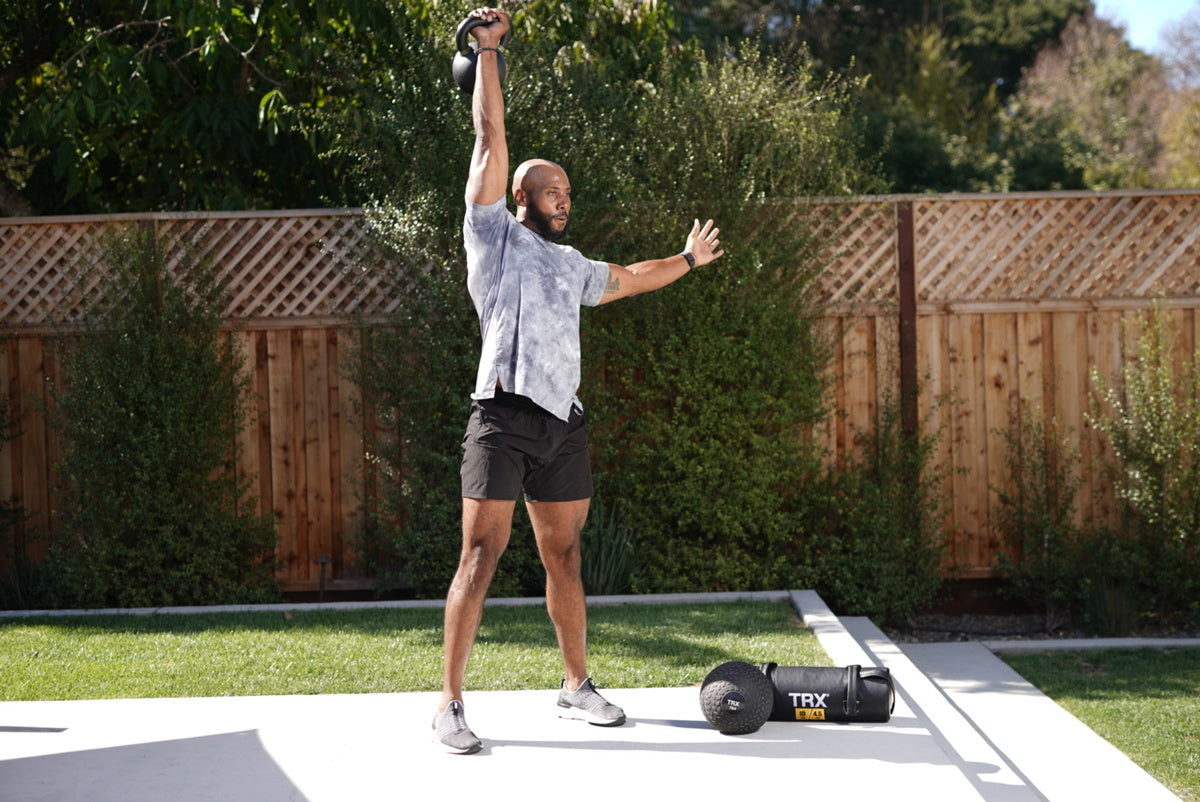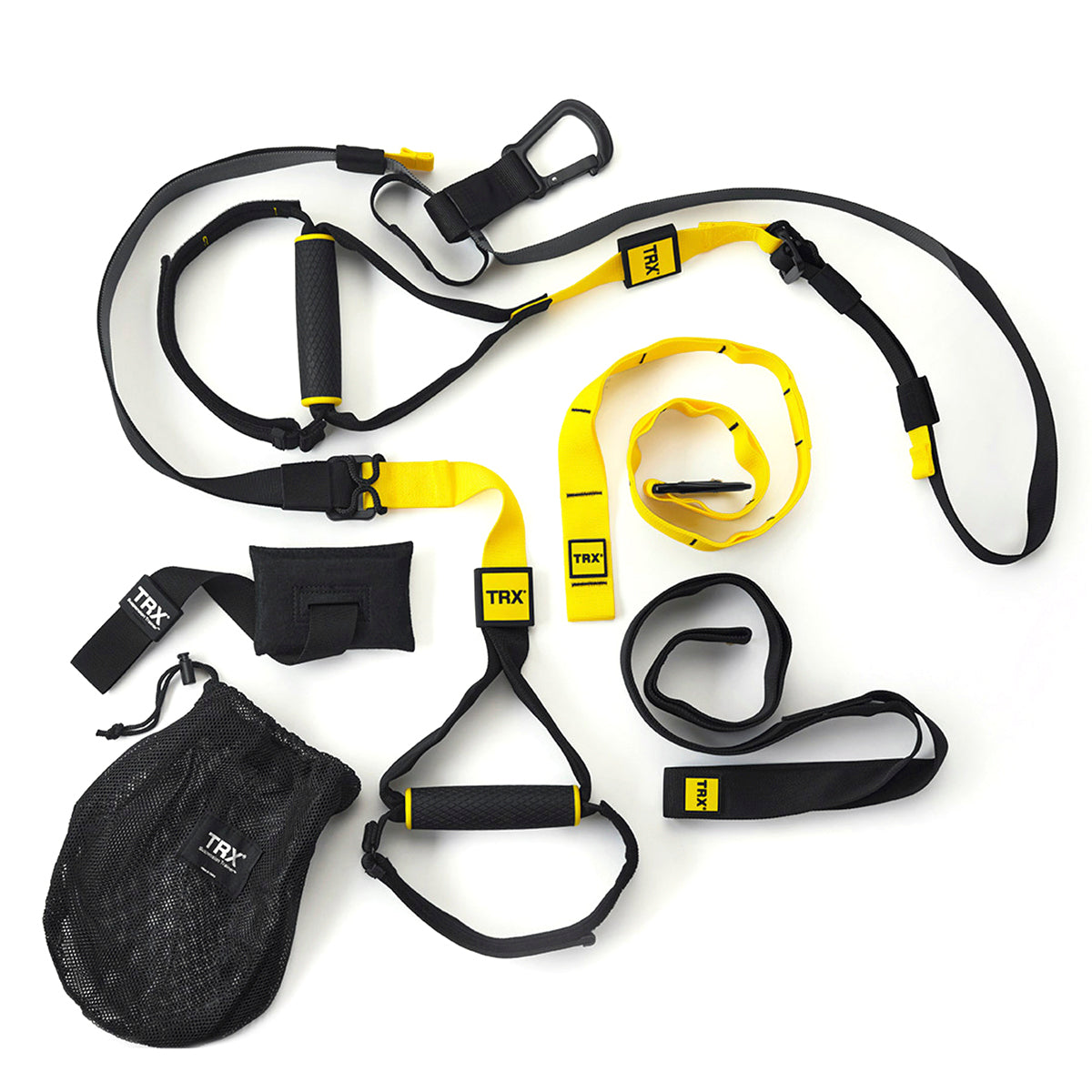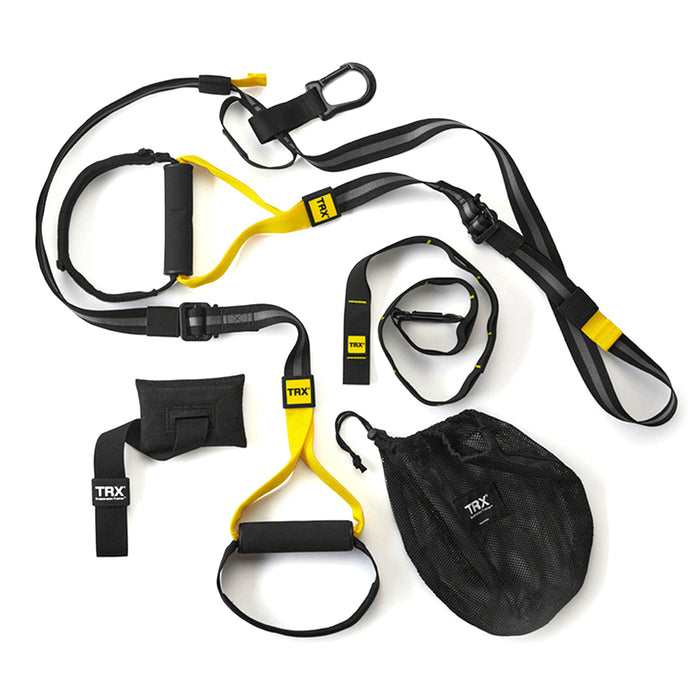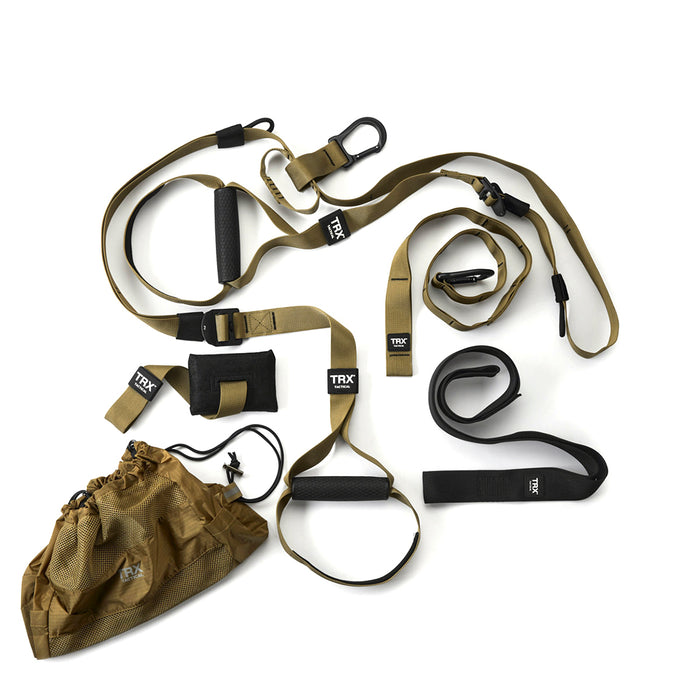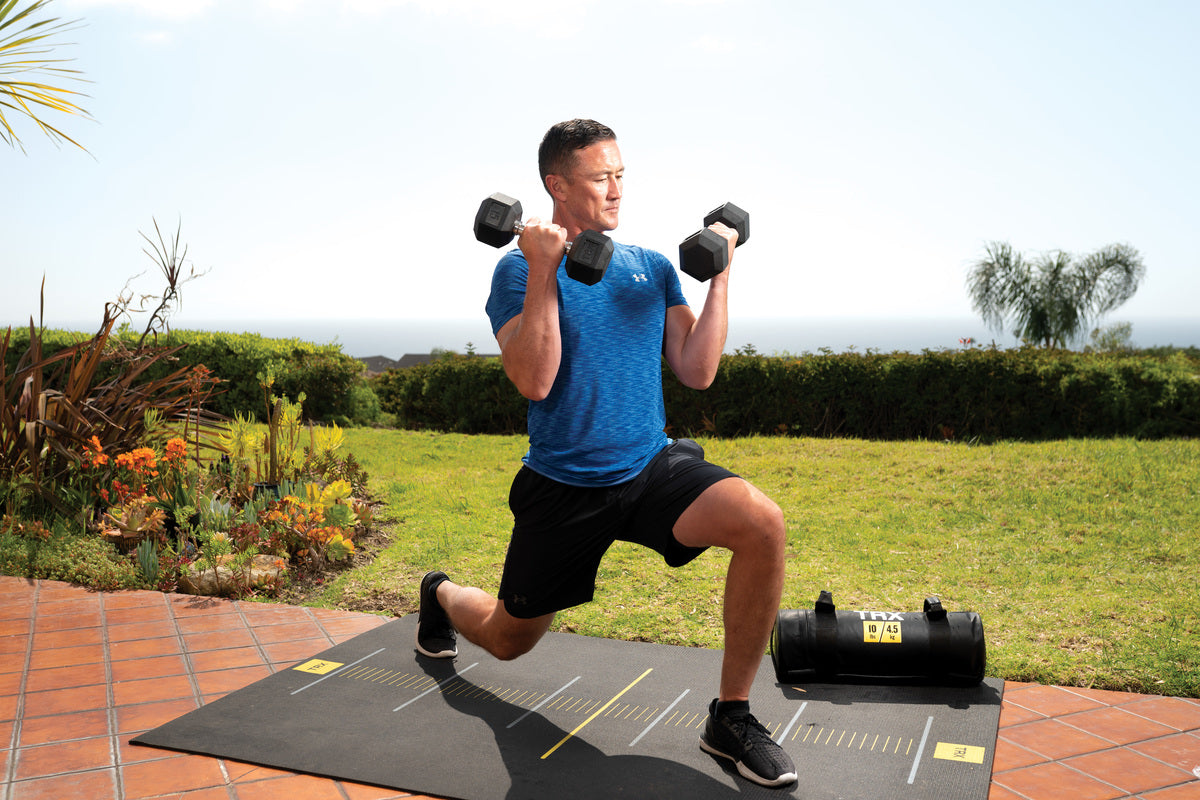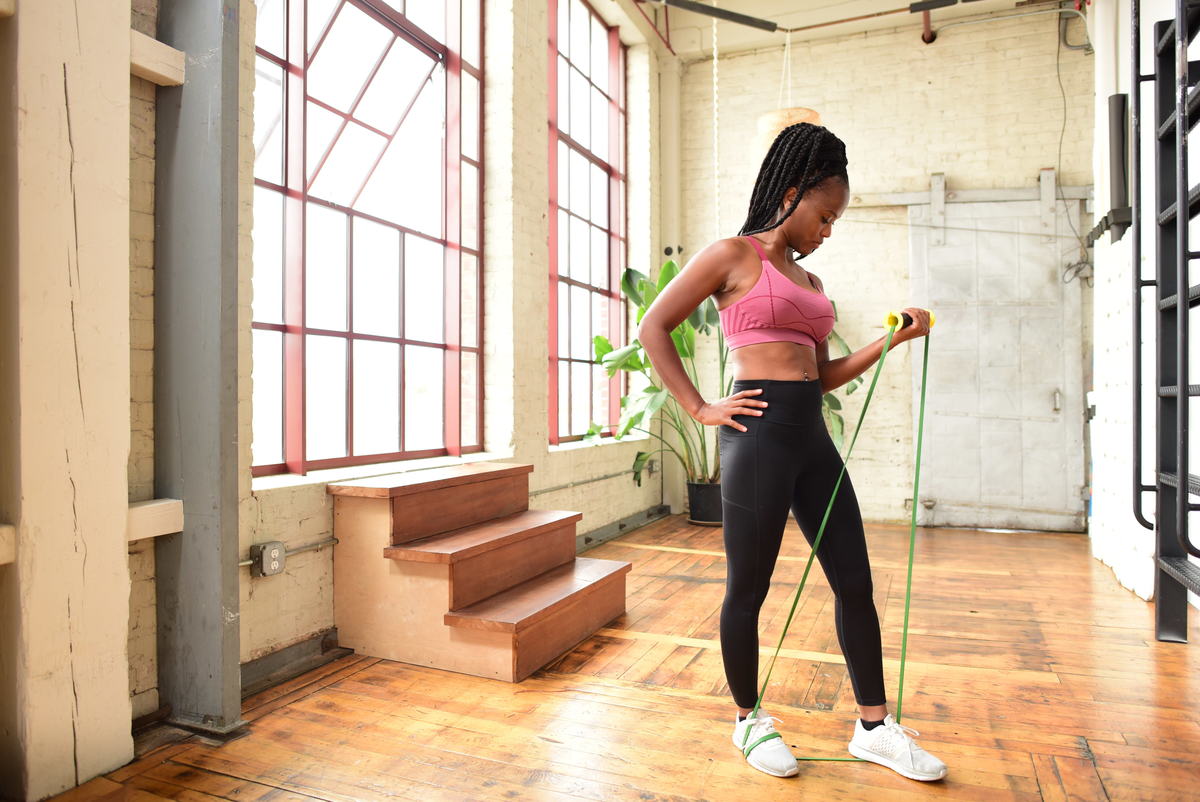Whether you’re entirely new to strength training or just new to kettlebells, they’re a fantastic addition to your strength training journey.
When executed correctly, you’ll build foundational elements such as strength, endurance, mobility, flexibility, and coordination. These are critical pieces to adapting and evolving your training and will set you up to gain muscle mass and lose body fat.
Here’s how to prepare for a basic kettlebell workout.
Kettlebell Basics
1. Understand the Training Benefits
As you start training with kettlebells, you’ll quickly realize its cardiovascular benefits. Kettlebells also can easily be used for compound movements, which involve multiple movement patterns that recruit many muscles in the body at once.
We’ll discuss rubber kettlebell complexes later in this article, which is a fantastic option for a blended strength and cardio workout.
2. Start With One Kettlebell
Beginners should start by mastering one kettlebell first. Using one kettlebell will allow you to master the basic movements, strengthen possible imbalances between the opposite sides of your body, and challenge the brain and body to stabilize the other side without the weight. These are all essential skills to become a great athlete.
The wonderful thing about kettlebells is once you have mastered the basic movements, you can increase the difficulty by using two kettlebells at once or increasing the weight. Either way, it’s best to start with a basic kettlebell workout and then progress as your fitness level allows.
3. Pick a Weight
As for weight recommendations, please choose what weight is appropriate for your overall strength and skill level. It is always best to start on the lighter side and increase weight as your skill, strength, and endurance increase.
Generally speaking, women should start with a 12 to 15 lb weight, and men with a 20 to 25 lb weight. If you’re contemplating purchasing a kettlebell, you could either buy two at a moderate challenge level or purchase one heavier weight for progression.
Learn the Foundational Kettlebell Movements for Beginners
There are a few basic movements you’ll want to learn to set yourself up for success with kettlebells. Once you’ve mastered these moves, you’ll be able to create a kettlebell workout for beginners or seamlessly blend and enhance your current workout routine to include kettlebell exercises.
1. Kettlebell Front Rack Position
Why Try the Kettlebell Front Rack Position?
The front rack position is a transitional position in nearly every upper body movement for kettlebell exercises (like kettlebell rack presses). It’s also where the kettlebell remains for added load when doing kettlebell rack squats, rack lunges, and walks.
Performing the front rack position incorrectly could make all other movements less effective and cause wrist pain. Holding this position with a kettlebell involves your shoulders and biceps, and you’ll also feel it in your lats to help support the weight.
How to Do the Kettlebell Front Rack Position:
- Grab the kettlebell by the horn (the curve in the handle, not the center) with one hand, keeping your wrist straight and locked.
- Put the bell (the larger part of the weight) on the outside of your wrist.
- Your thumb should be facing toward the center of your chest/clavicle.
- Do not let the kettlebell hyperextend your wrist toward your forearm (this can cause joint damage in your wrist).
- Your elbow should be tucked in fairly tight to the body by your ribs, aligning your wrist, the kettlebell, and your elbow into the same plane.
2. Kettlebell Deadlifts
Why Try Kettlebell Deadlifts?
Kettlebell deadlifts are similar to barbell or dumbbell deadlifts. Deadlifts strengthen the entire posterior chain, which is the hamstrings, glutes, and back. If you’re not already familiar with deadlifting, don’t worry — kettlebells are excellent for learning how to do them.
How to Do Kettlebell Deadlifts
- Start with the kettlebell between the arch of your feet to your toes.
- Always keep a long, neutral spine. You may want to practice this until you gain enough flexibility to reach the floor without compromising your form.
- Your knees should have a slight bend.
- Open your chest by keeping your shoulder blades pinched back together, not up towards your ears.
- Inhale while lifting up. You want to obtain intra-abdominal pressure as you lift off the floor.
- At the top of the lift, squeeze your glutes and core like you’re doing a plank.
- Exhale bringing the weights down.
Scan your body. If you feel it in your glutes and hamstrings, you’re executing the movement correctly. If you feel it in your lower back, you need to focus on step 2 — keeping a straight, neutral spine. Positioning and proper form are vital, so get this down before moving to heavier weights or single-legged deadlifts.
3. Kettlebell Swings
Why Try Kettlebell Swings?
The prerequisite to learning kettlebell swings is knowing how to deadlift correctly. Swings are the first quick power movement that new kettlebell users learn. Kettlebell swings are a great cardiovascular and strength movement for the entire posterior chain by working your hamstrings, glutes, and core muscles.
Kettlebells swing like a slingshot. When your hips go back with the kettlebell, that’s the drawback force of the slingshot. When you power upward, that’s the release of the slingshot.
How to Set Up Kettlebell Swings
- Start with your feet shoulder-width apart, keeping the kettlebell on the floor about three inches in front of your feet.
- Bend slightly at the knees and place both hands on the kettlebell, keeping a long neutral spine (it will look like a 3-point starting position in football).
- Hinging at the hips and engaging your core, swing the kettlebell backward between your legs.
How to Do Kettlebell Swings
- Straighten your back and stand tall while holding the kettlebell.
- Soften your knees, shift your weight into your heels, and pinch back your shoulders.
- Driving through your heels, thrust your hips forward, engage your core, and squeeze your glutes and control the kettlebell in a forward swing.
- Keep your arms extended, stopping at about shoulder height.
- As the kettlebell starts to come down (due to gravity), let the kettlebell drop a few milliseconds before you push your hips back and load your hamstrings and glutes for the swing.
Remember to breathe! It’s your internal weight belt for kettlebell swings. Try to hear your breathing as you forcefully exhale while swinging up, and inhaling coming down.
4. Kettlebell Single-Arm Clean
Why Try the Kettlebell Single-Arm Clean?
Just like the kettlebell swing, this movement is a crucial building block to build off of. It’s a fast power movement that can be done by itself or used in compound movements, such as a clean to a squat to a press. The kettlebell clean strengthens your core muscles, glutes, hips, shoulders, back, and even biceps.
How to Do the Kettlebell Single-Arm Clean
- Start with your feet shoulder-width apart, keeping the kettlebell on the floor about three inches in front of your feet.
- Bend slightly at the knees and place one hand on the kettlebell, keeping a long neutral spine
- Pull behind you like you’re initiating a swing.
- As the kettlebell passes between your legs, quickly pull your elbow up toward the ceiling like you are zipping a zipper and catch it in the front rack position.
- To reverse the movement, drop back down, again absorbing the force in the back portion of the swing.
Kettlebell Workouts for Beginners
Once you’ve mastered the foundational movements above, give these basic kettlebell workouts a try.
This is the gear we recommend you use for the exercises:
20-Minute Basic Kettlebell Workout
2 to 3 rounds of each circuit.
- Kettlebell halo, using a moderate weight for 5 to 8 reps in each direction
- Kettlebell plank pull through, 30 to 45 seconds
- Glute bridges, 10 to 15 reps
- 1-minute rest
Strength Set 1:
- Kettlebell deadlift, 8 to12 reps
- Kettlebell single-arm row, 8 to 12 reps on each side
- Kettlebell rack press, 8 to 12 reps on each side
- 1-minute rest
Strength Set 2:
- Kettlebell goblet squat, 8 to 12 reps
- Alternating kettlebell cleans, 8 to 10 reps on each side
- Single-arm kettlebell chest press, 8 to 12 reps on each side
- 1-minute rest
Strength and Cardio Set:
- Every minute on the minute (EMOM) kettlebell swings, 15x for 5 minutes total.
Set a 5-minute timer. At 0 seconds, complete 15 swings, then rest until the timer reaches 1 minute. At 1 minute, complete 15 more swings and rest. Repeat each minute until the timer runs out.
EMOMs are an excellent way to work on a new challenging skill while still getting enough rest to keep the quality up.
Kettlebell Complex Circuit
Kettlebell complexes are a seamless blend of several different movements mixed together. They can be an excellent option for a sweaty finish to a workout or used for a power workout if you’re short on time.
Complexes are for beginners as well as advanced athletes. However, beginners should master the foundational movements and exercises before attempting complexes.
An example kettlebell complex looks like this:
- Single-arm kettlebell swing, 5 reps
- Single-arm clean to squat, 5 reps
- Single-arm shoulder press, 5 reps
- Optional short rest, then switch sides
You’ll quickly realize how effective kettlebells are after trying the 20-minute kettlebell workout and the kettlebell complex circuit.
YBells Are an Excellent Alternative to Kettlebells
The kettlebell is a great piece of traditional workout equipment. It fills the gaps for building lasting athleticism for many beginners, but it won’t cover all of your fitness needs. You’ll still want dumbbells and medicine balls to build other fitness skills.
That’s a good reason to consider working out with YBells — a four-in-one fitness tool that’s compact, portable, and meets all of your home workout needs. The YBell’s unique design allows you to use it as a kettlebell, dumbbell, double-grip medicine ball, or push-up stand. By simply changing your grip, you can change the function of the YBell from one tool to the next, making your transitions and complexes seamless.
By gripping any of the three outer handles, the YBell can replace a kettlebell for all foundational movements, exercises, and beginner kettlebell workouts above. And you can use it in all advanced kettlebell circuits or HIRT workouts for experienced athletes. You can even use YBells for the kettlebell bottoms-up position for shoulder stability training.

